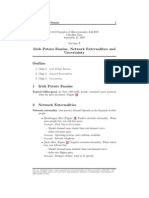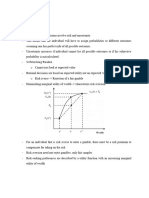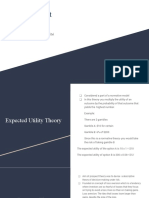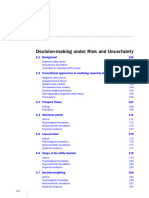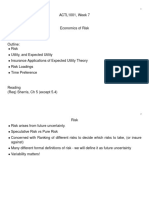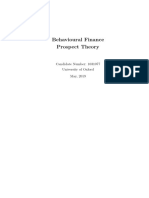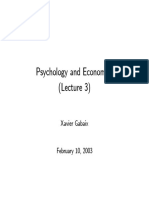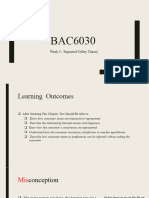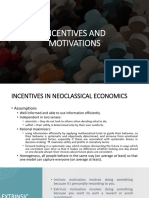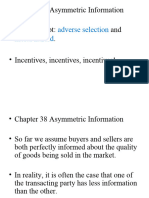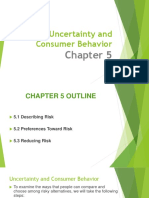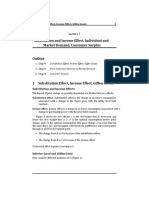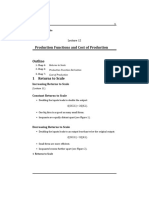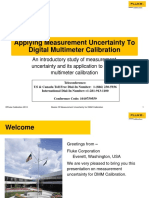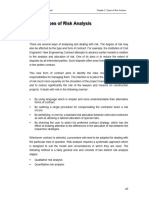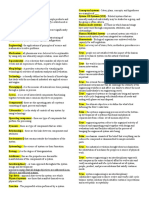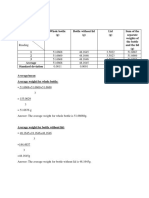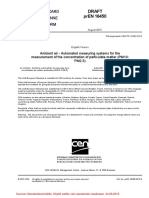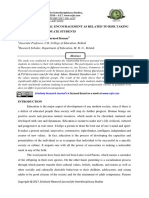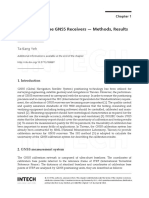0% found this document useful (0 votes)
65 views5 pagesIrish Potato Famine, Network Externalities and Uncertainty: Example. Ipod: Buy To Be in Style
1. The Irish Potato Famine occurred from 1845-1849 when the price of potatoes increased, yet people consumed more potatoes. This acted as a typical Giffen good.
2. Network externalities refer to how one person's demand is influenced by other people's demands. Positive network externalities exist for products like iPods and operating systems, while negative network externalities exist for designer clothes.
3. Uncertainty can be analyzed using expected value, variability, risk, and expected utility. Expected value is the probability-weighted average outcome, while standard deviation measures risk. Expected utility incorporates people's preferences over uncertain outcomes.
Uploaded by
dijojnayCopyright
© © All Rights Reserved
We take content rights seriously. If you suspect this is your content, claim it here.
Available Formats
Download as DOCX, PDF, TXT or read online on Scribd
0% found this document useful (0 votes)
65 views5 pagesIrish Potato Famine, Network Externalities and Uncertainty: Example. Ipod: Buy To Be in Style
1. The Irish Potato Famine occurred from 1845-1849 when the price of potatoes increased, yet people consumed more potatoes. This acted as a typical Giffen good.
2. Network externalities refer to how one person's demand is influenced by other people's demands. Positive network externalities exist for products like iPods and operating systems, while negative network externalities exist for designer clothes.
3. Uncertainty can be analyzed using expected value, variability, risk, and expected utility. Expected value is the probability-weighted average outcome, while standard deviation measures risk. Expected utility incorporates people's preferences over uncertain outcomes.
Uploaded by
dijojnayCopyright
© © All Rights Reserved
We take content rights seriously. If you suspect this is your content, claim it here.
Available Formats
Download as DOCX, PDF, TXT or read online on Scribd
/ 5
